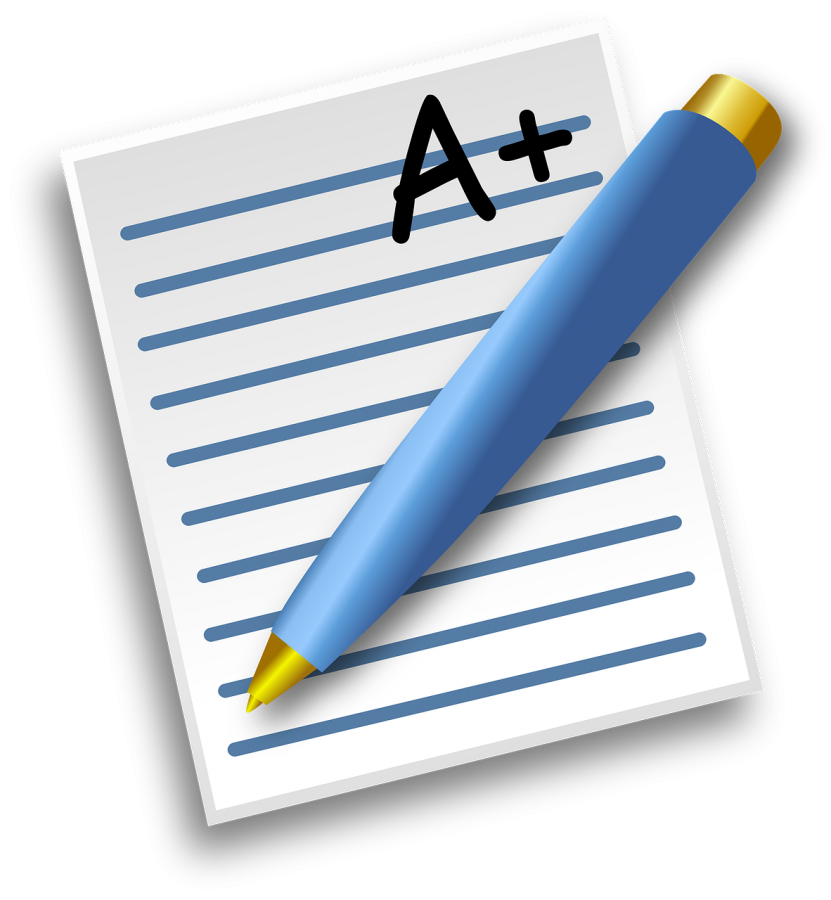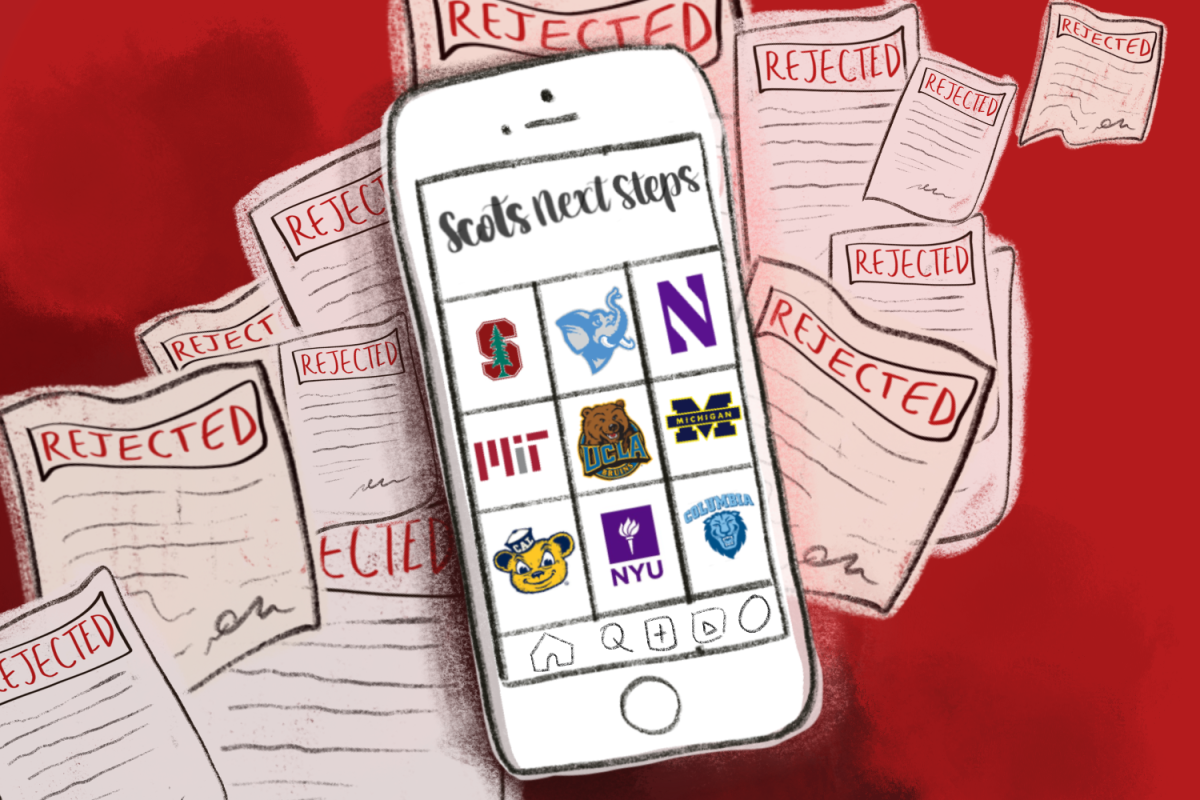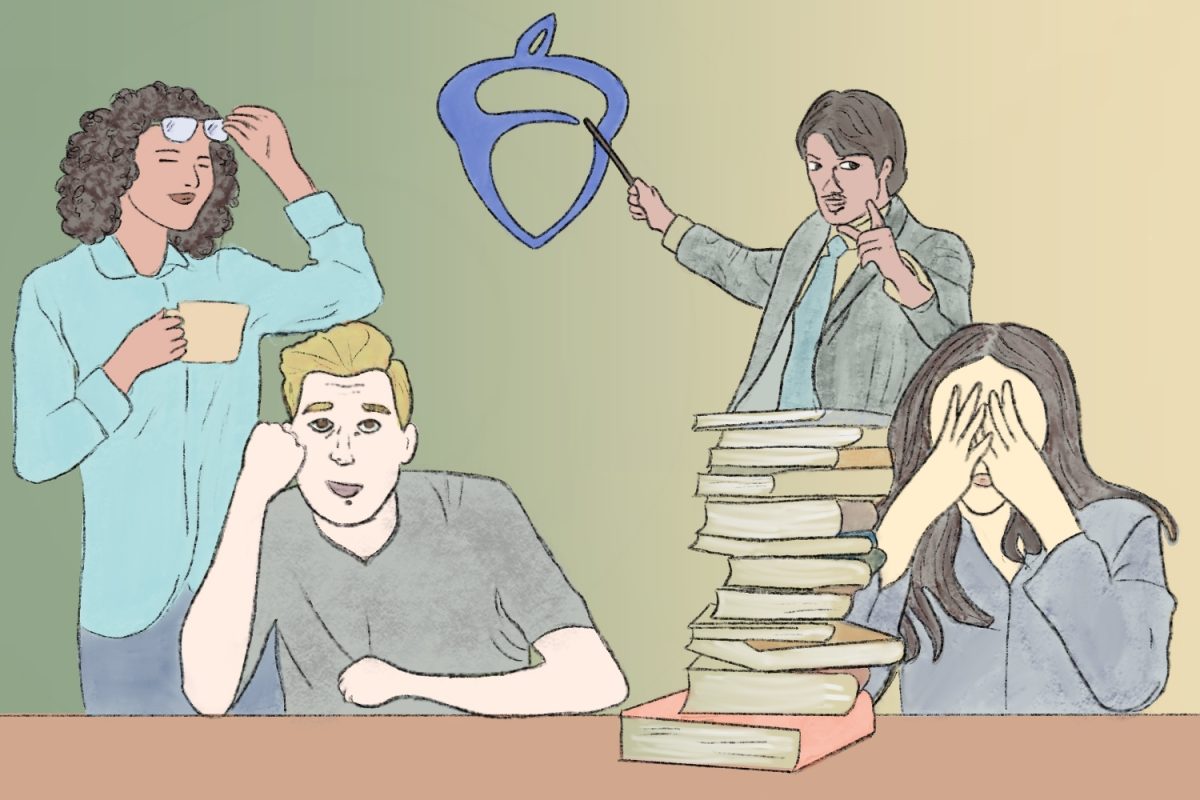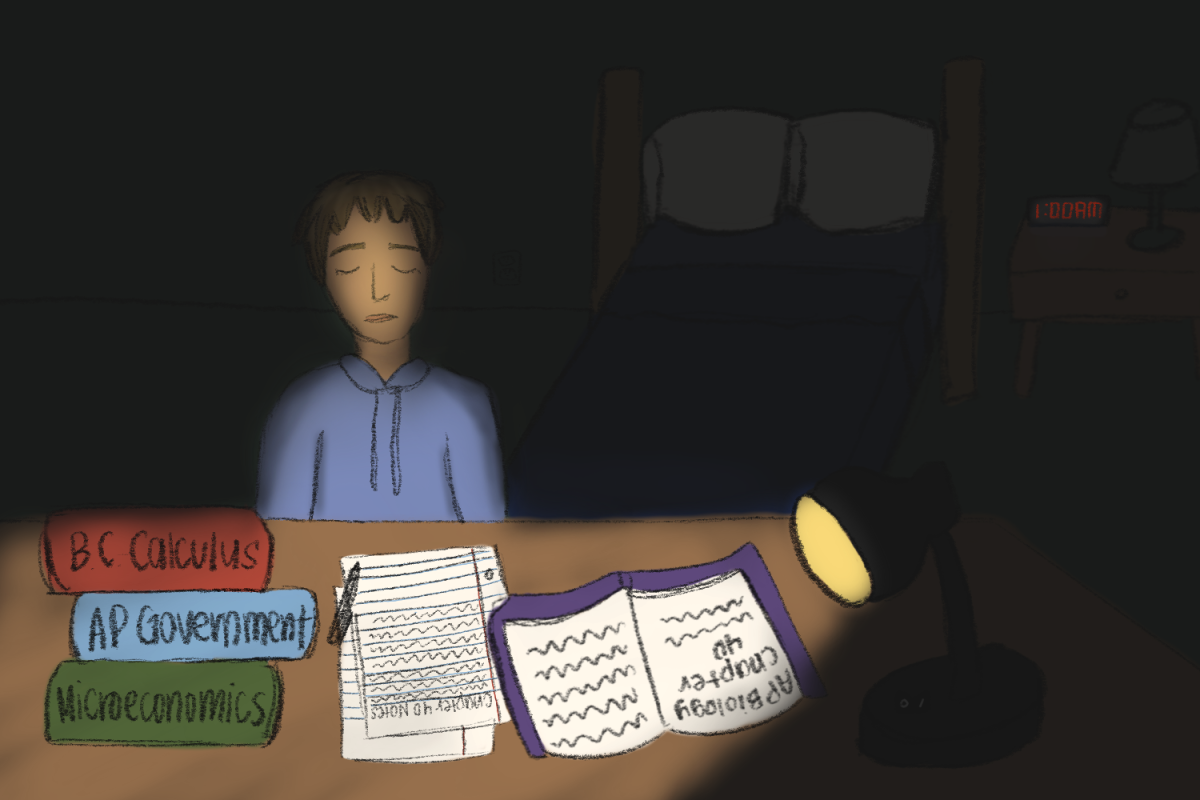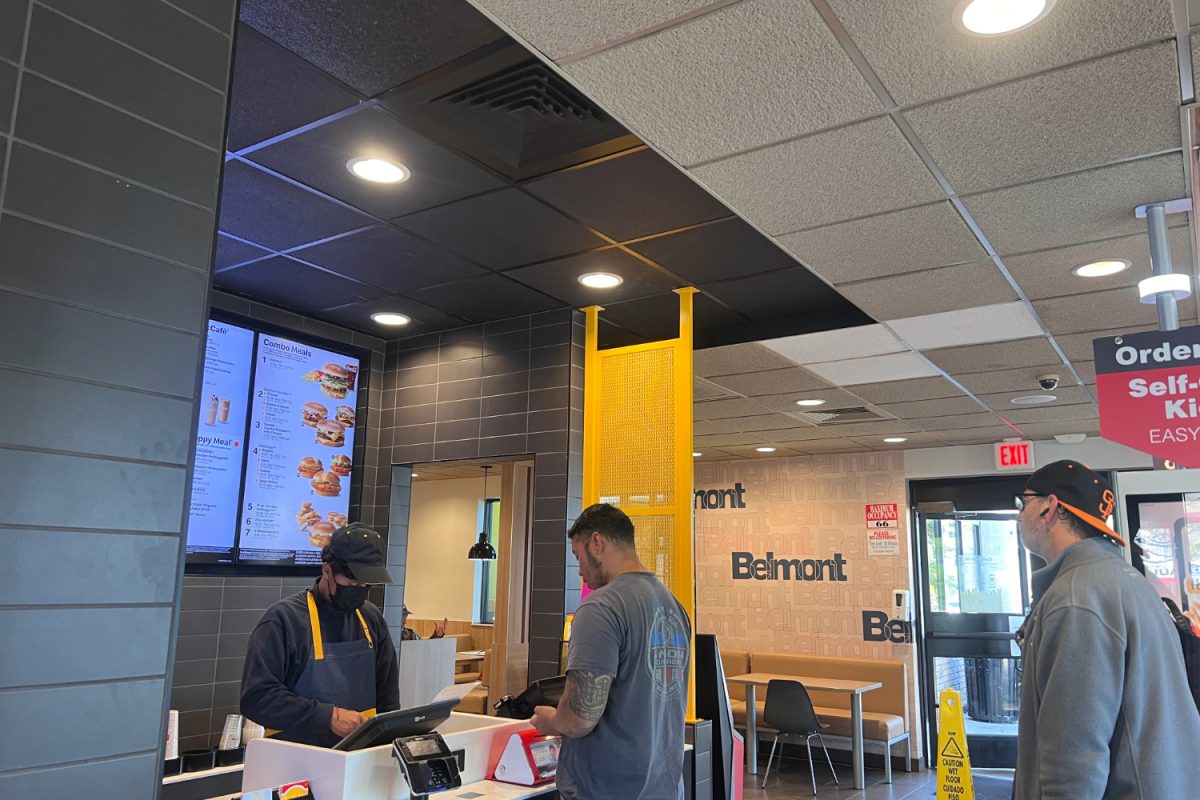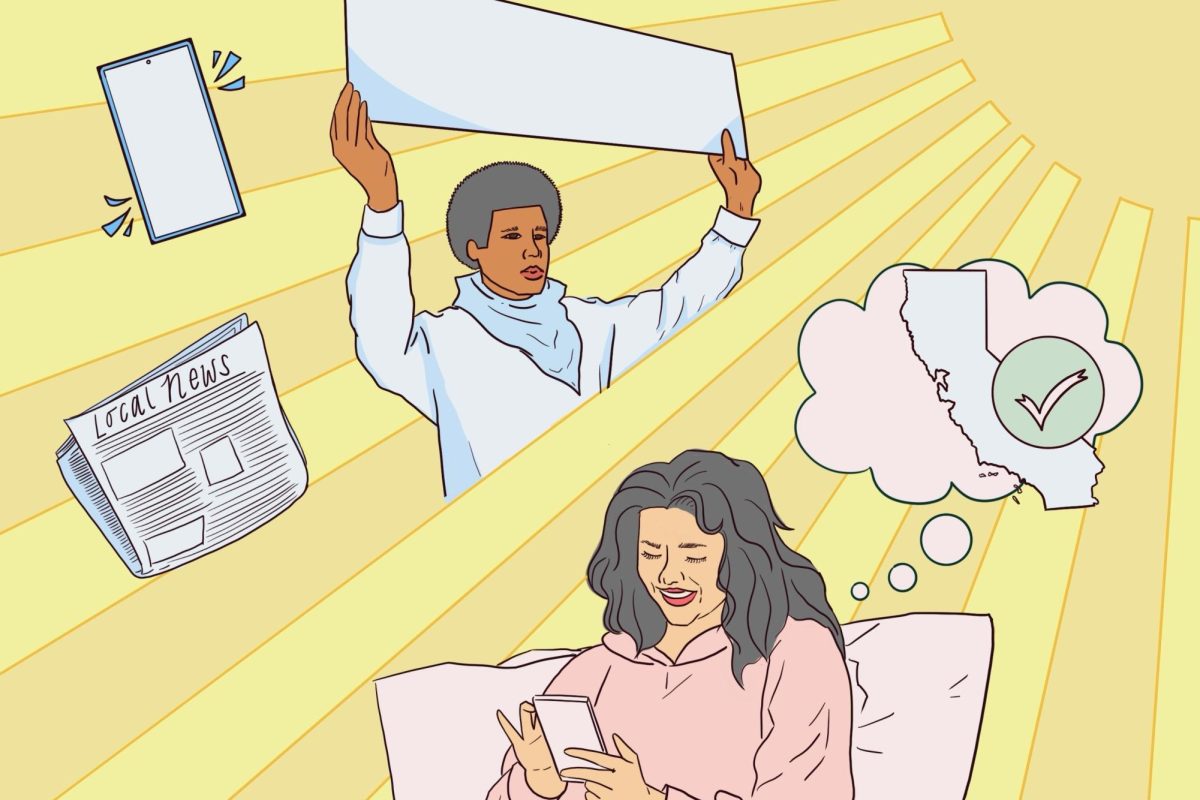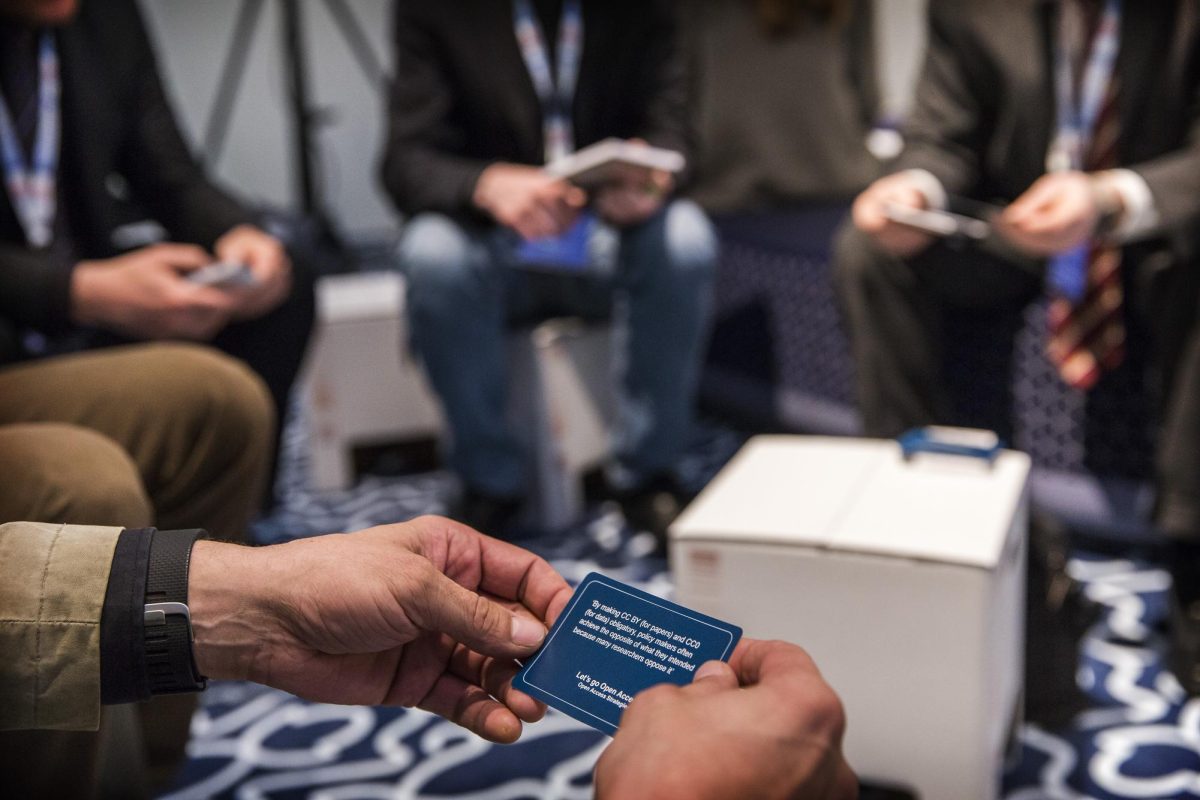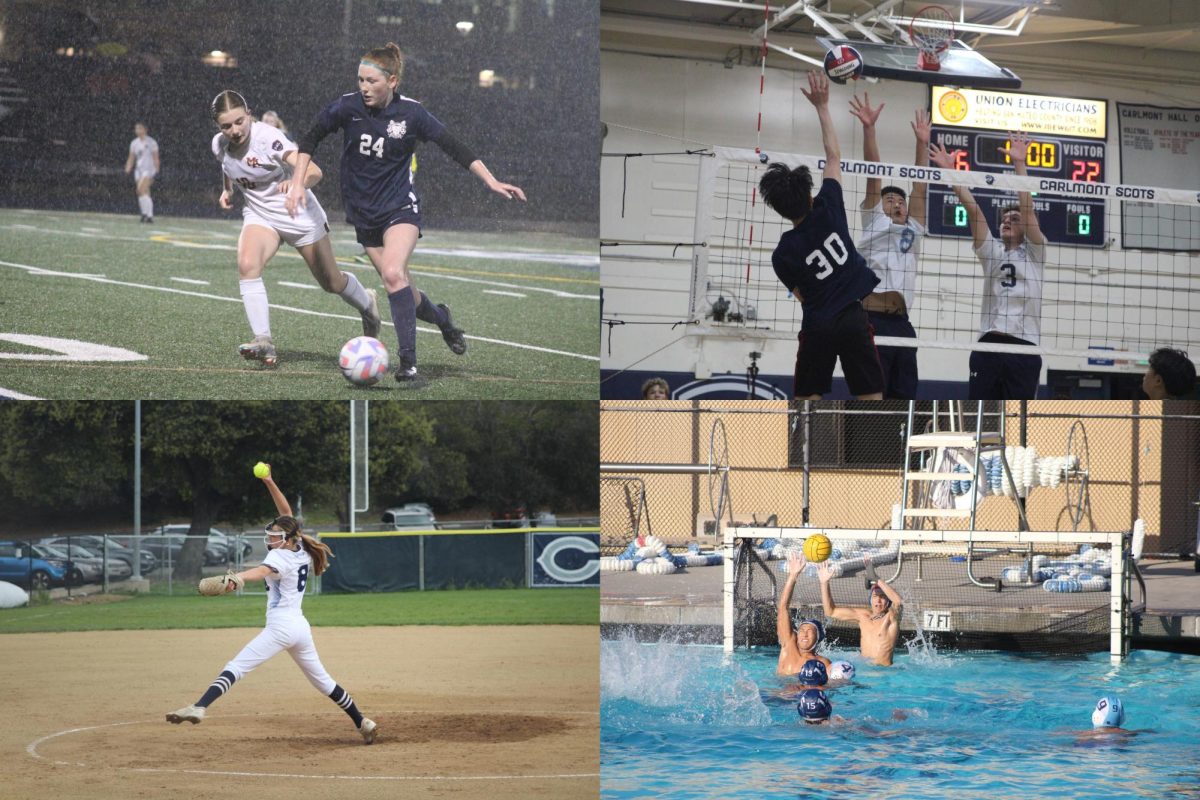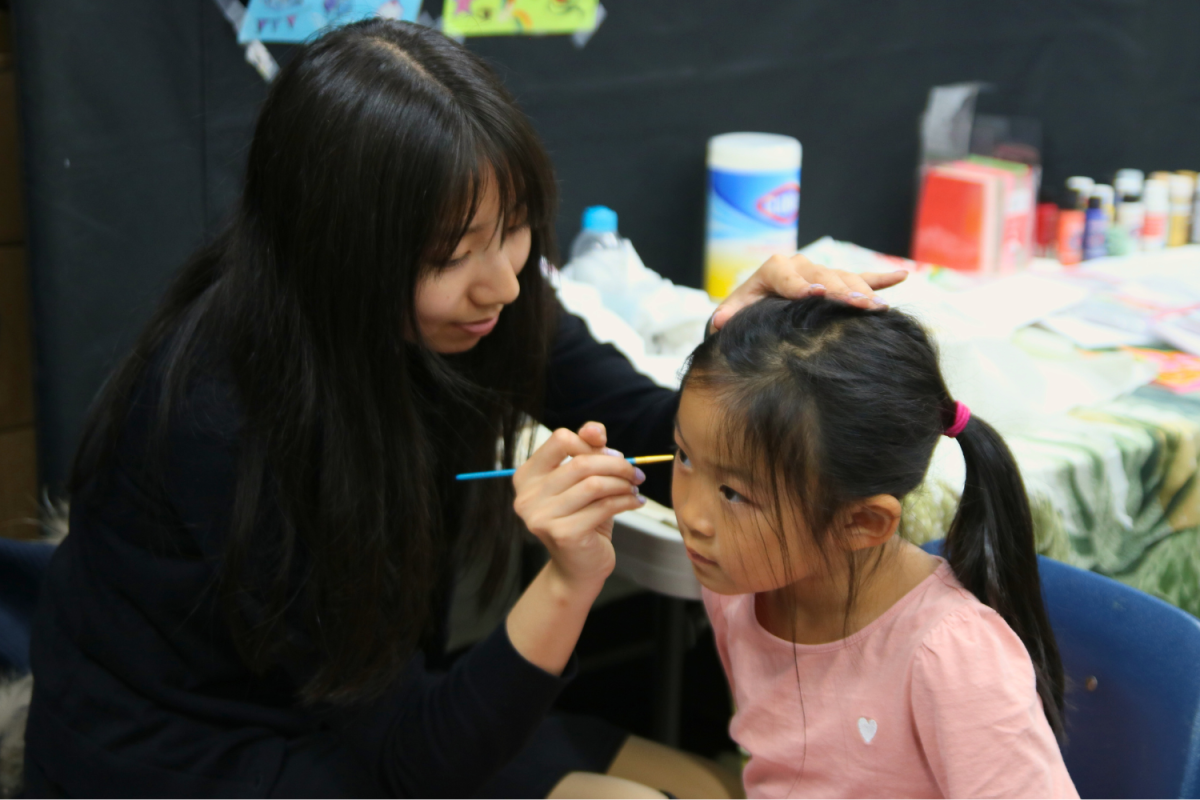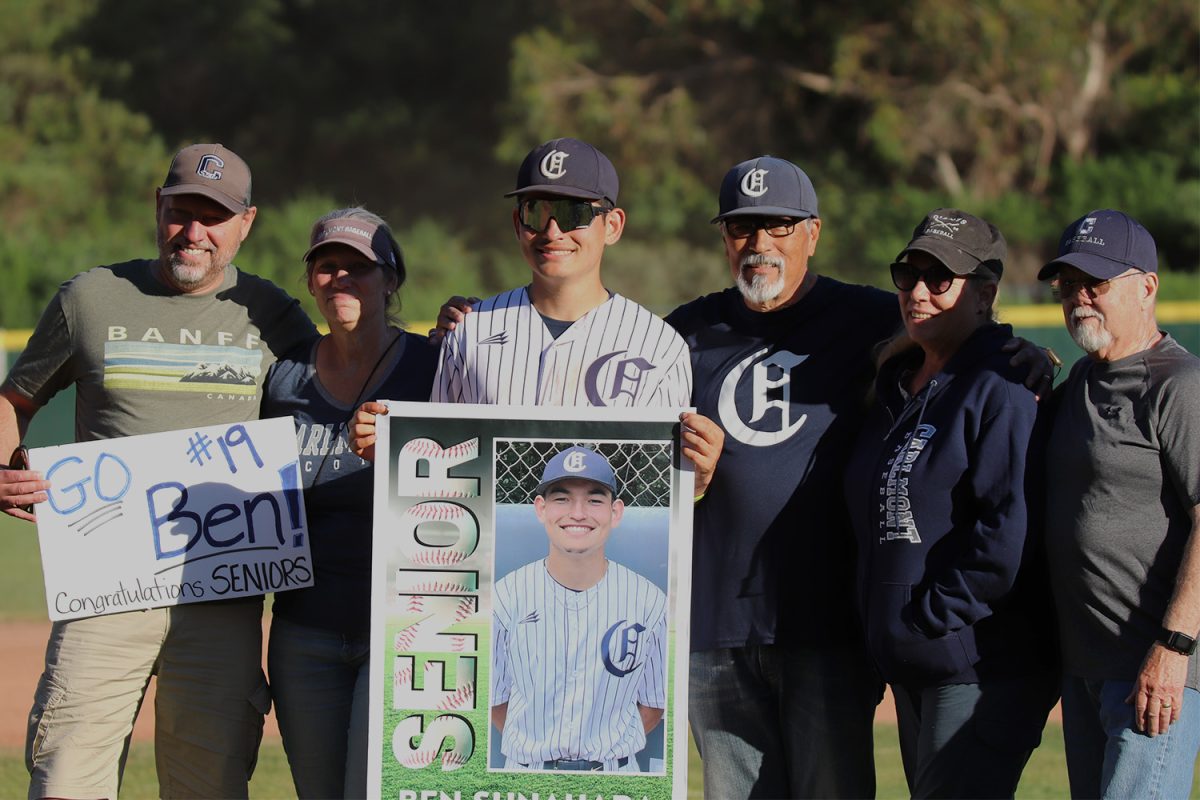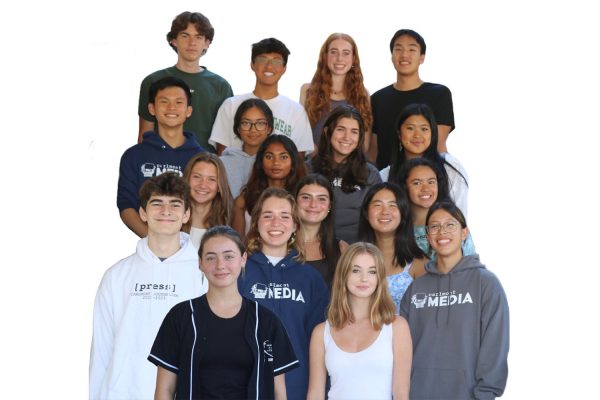As we approach a full year into distance learning, the current situation has exacerbated the barely-hidden problems with the schooling system. According to EdSource, a Californian education non-profit, failing grades have increased from 20% to about 30% in Sequoia Union High School District alone. Teachers have not adequately adapted their curriculums to the current situation, leading many to fall through the cracks. Even those who are not outright failing are having trouble keeping pace with the curriculum, with only a little more than 2 hours of “in-person” schooling per class instead of the normal 4-5 hours.
So how can we help these students get the support they need? Allow them to suggest what they need themselves.
The school district has been limited in what it can accomplish for fixing the curriculum; they have been focused on big-picture items, such as getting students back into school. In the meantime, teachers have been seemingly left to their own devices as to how to teach the students, having to adapt their entire curriculum over the short three months of summer. In some cases, teachers teaching entirely new classes, or recent hires, have had to develop the course from scratch. Seeing as the teachers barely know how the students will receive their newly-formatted curriculum, it only makes sense that students should be able to give input in a regular, formalized way.
Of course, there will be students who fail to fill out such a form or write unconstructive criticisms. That is inevitable with any mandatory form issued to a large group of teenagers. However, that does not negate the real feedback teachers can get about their courses if they only listen to the students. The informal “speak up if you don’t agree” simply does not work in this virtual format, where students are already more reluctant to talk to anyone, much less the teachers. We cannot just rely on a one-off discussion with a counselor, who may not even be able to act upon the students’ complaints. Teachers must be clearly shown what works and does not work in their classroom, with the input of many of the students in the class they are directly influencing.
The district may argue that they already monitor teacher impact through standardized testing and teacher evaluations. However, those are not adequate stopgaps. Teachers often create special lesson plans or warn their students ahead of time about their evaluations, which creates a misleading picture of the classroom environment. That’s not to say that they are completely moot; the administration has been known to drop into classes informally. But with the pandemic, it has been even harder to get those snapshot assessments, as administrators have to visit every separate link to every virtual classroom. Standardized testing is also notorious for providing limited results; teachers are even fighting back against the use of this measurement. If the current tools to assess teachers do not give a complete picture, what is one more data point for them to look at?
It is an odd time to write this editorial, as the county re-enters the red tier, and the school is strongly considering a partial re-opening. But let’s face it, as a senior, I will only get a month or two of one day of in-person schooling if I even decide to opt-in, with teachers trying to balance their virtual and in-person students. Whatever benefits I will earn from this period will not erase the year of sub-par learning we have had to struggle through. Besides, it doesn’t look like this is necessarily the end of virtual or hybrid learning: as counties and states roll back their restrictions to stimulate the economy, it is likely cases will spike again, as they did in May and during the holiday season (although that was not due to lifting restrictions). Compounded with the U.S.’s slow vaccine roll-out and new variants gathering steam across the country, it’s looking bleak for any meaningful return to in-person school.
I’ll admit, I don’t know all the nuances that go towards evaluating teacher performance and keeping them on tenure in terms of the district or teachers’ union; a lot of that information is simply not accessible to me as a student. However, what I do know is that I’m frustrated with the virtual learning experience, which has left me disconnected from my peers and teachers for over a year and put me into a mental headspace that makes it difficult for me to engage academically. This environment is looking more and more like it’s here to stay; let me and my classmates help you fix this patchwork system and create a virtual classroom environment conducive to this unprecedented experience that doesn’t leave us struggling to meet standards. Give us a formal way to talk to our teachers that can be enforced by the administration.
*This editorial reflects the views of the Scot Scoop editorial board and was written by Brianna Cheng.

